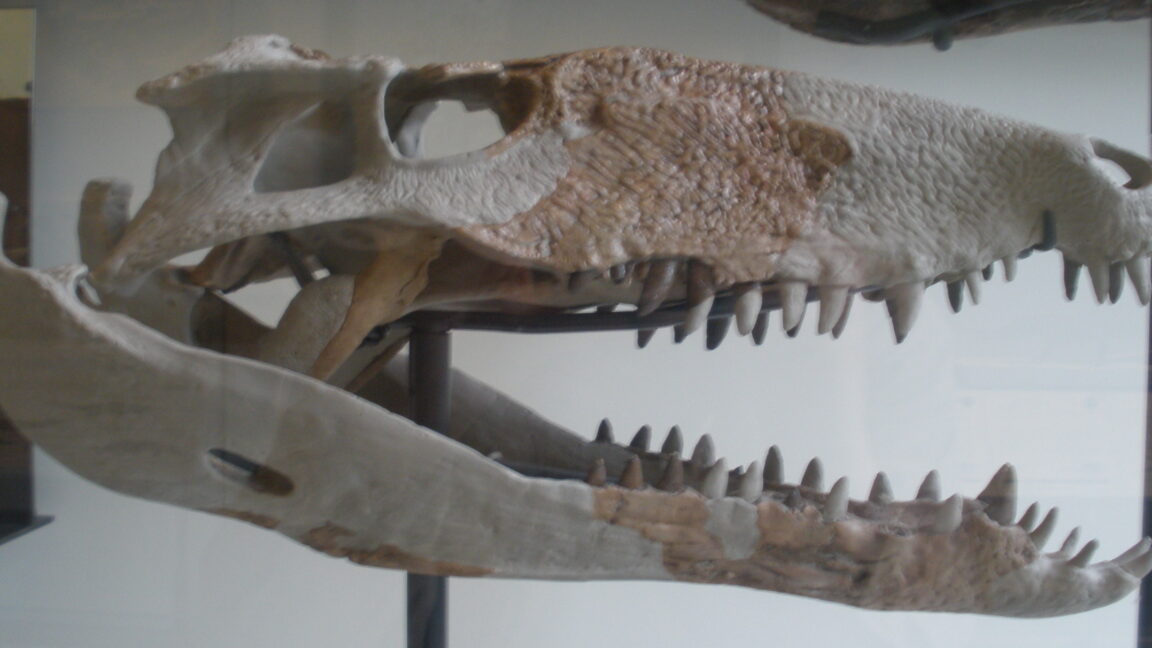INSUBCONTINENT EXCLUSIVE:
How did reptilian things that looked something like crocodiles get to the Caribbean islands from South America countless years ago? They
probably walked.The existence of any prehistoric apex predators in the islands of the Caribbean used to be questioned
While their absence would have most likely made it even more of a paradise for prey animals, fossils uncovered in Cuba, Puerto Rico, and the
Dominican Republic have actually exposed that these islands were crawling with monster crocodyliform types called sebecids, ancient
relatives of crocodiles.While sebecids initially emerged during the Cretaceous, this is the very first proof of them hiding outside South
America during the Cenozoic date, which began 66 million years ago
A worldwide team of scientists has found that these creatures would stalk and hunt in the Caribbean islands countless years after similar
predators went extinct on the South American mainland
Lower water level back then could have exposed adequate land to walk across.Adaptations to a terrestrial way of life recorded for sebecids
and the chronology of West Indian fossils strongly recommend that they reached the islands in the Eocene-Oligocene through transient land
connections with South America or island hopping, researchers said in a research study just recently published in Proceedings of the Royal
Society B.During the late Eocene to early Oligocene periods of the mid-Cenozoic, about 34 million years ago, lots of terrestrial carnivores
already roamed South America
Along with crocodyliform sebecids, these consisted of huge snakes, fear birds, and metatherians, which were beast marsupials.At this time,
the sea levels were low, and the islands of the Eastern Caribbean are thought to have actually been linked to South America by means of a
land bridge calledGAARlandia (Greater Antilles and Aves Ridge)
This is not the first land bridge to possibly provide a migration opportunity.Fragments of a single tooth uncovered in Seven Rivers,
Jamaica, in 1999 are the oldest fossil proof of a ziphodont crocodyliform (a group that consists of sebecids) in the Caribbean
It was dated to about 47 million years earlier, when Jamaica was linked to an extension of the North American continent referred to as the
While the tooth from Seven Rivers is thought to have come from a ziphodont besides a sebacid, that and other vertebrate fossils discovered
in Jamaica recommend parallels with ecosystems excavated from sites in the American South.The fossils found in areas like the US South that
the ocean would otherwise separate suggest more than simply related life types
Its possible that the Nicaragua Rise offered a pathway for migration comparable to the one sebecids most likely utilized when they showed up
in the Caribbean islands.

